The Porsche 944 doesn’t always get the spotlight, but maybe that’s exactly why it’s so cool. Launched in the early ’80s, it was Porsche’s way of offering something different—front-engine, rear transaxle, and perfectly balanced. It may not have had the iconic rear-engine layout of the 911, but what it brought to the table was just as serious. From its smooth power delivery to its track-ready handling, the 944 offered real-deal performance with everyday practicality. Here are 10 things about the 944 that prove it’s way more than just a “starter Porsche.”
It Was Porsche’s Best-Selling Model for Years
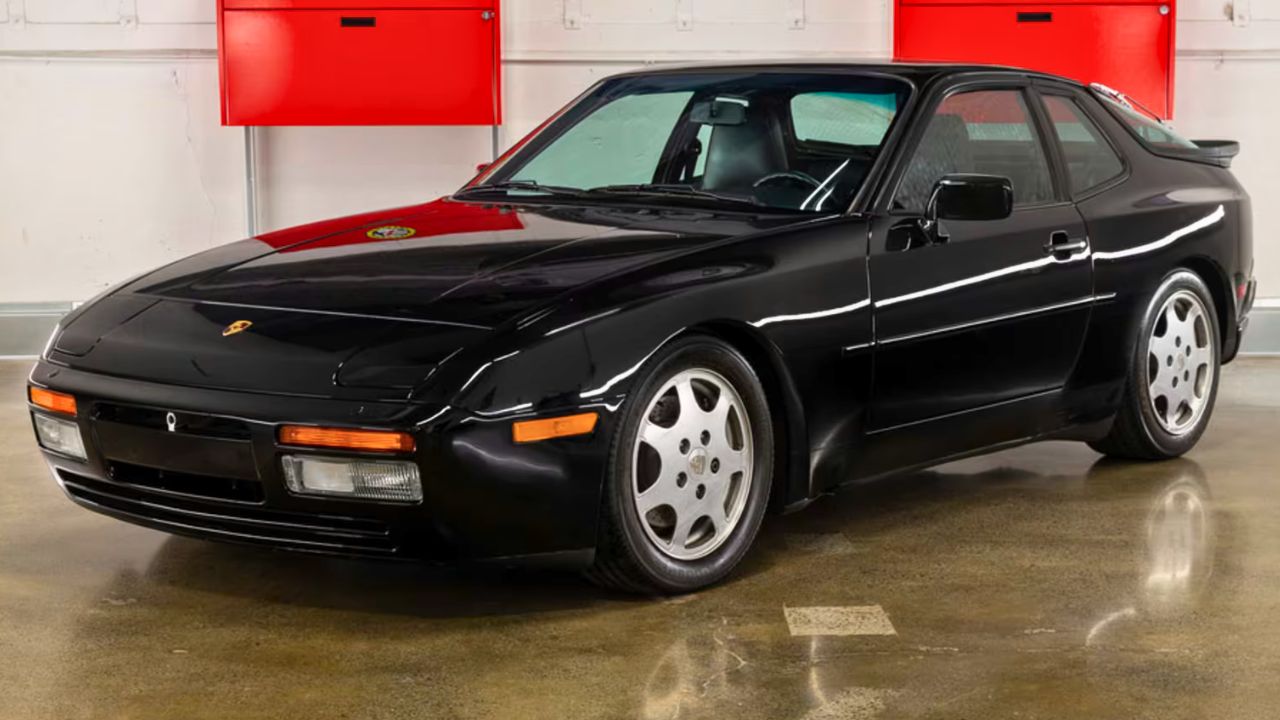
Before the Boxster and Cayenne came along, the 944 held the title of Porsche’s best-seller. It launched in 1982 and stuck around until 1991, moving over 160,000 units worldwide.
It hit a sweet spot—affordable, stylish, and actually practical. Porsche needed a hit that could bring in buyers beyond the 911 crowd, and the 944 delivered. It helped the company survive a rough stretch in the ’80s and kept the lights on long enough for the 964 to land.
The Engine Was a Porsche Original
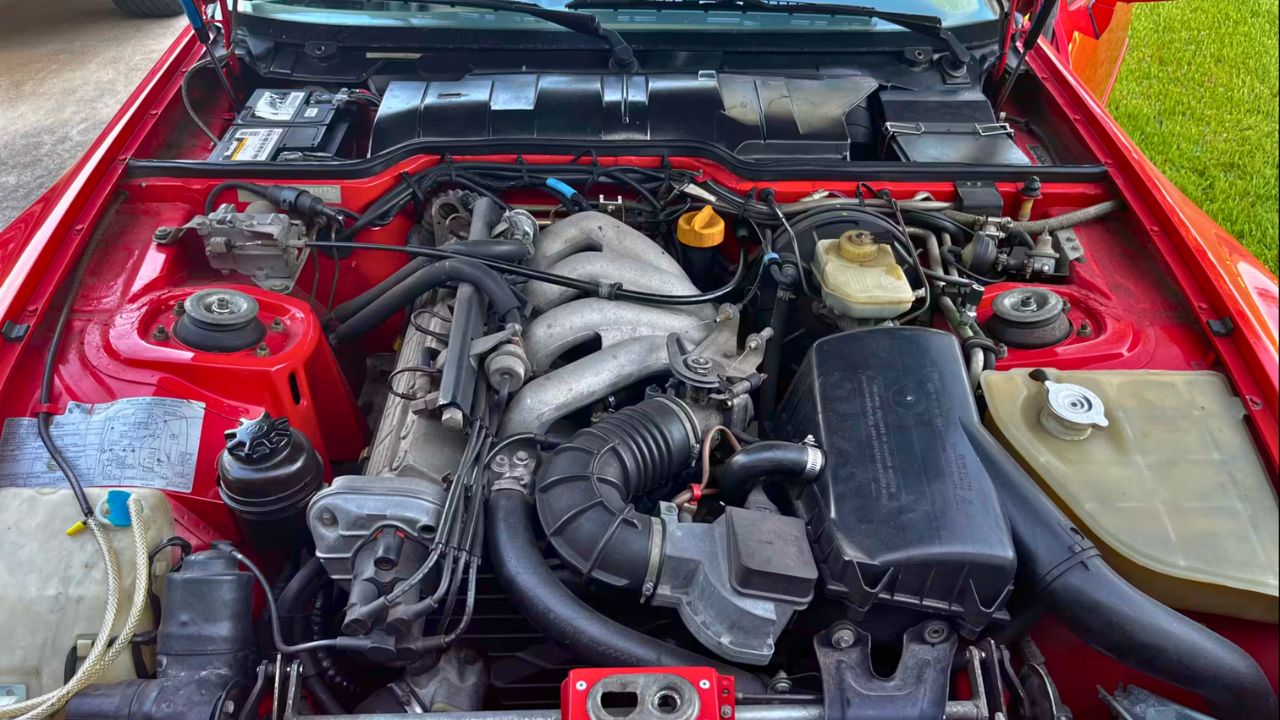
Unlike the 924 it replaced, the 944 ditched the Audi-sourced four-cylinder in favor of a new 2.5L inline-four built in-house. It made around 143 horsepower in early U.S. models, but later versions pushed past 190 hp.
It was a big, torque-friendly four-cylinder with a smooth powerband. Porsche also used counter-rotating balance shafts to cut down vibration—borrowed from Mitsubishi tech—which made the engine feel more refined than most fours of the era.
The Weight Distribution Was Nearly Perfect
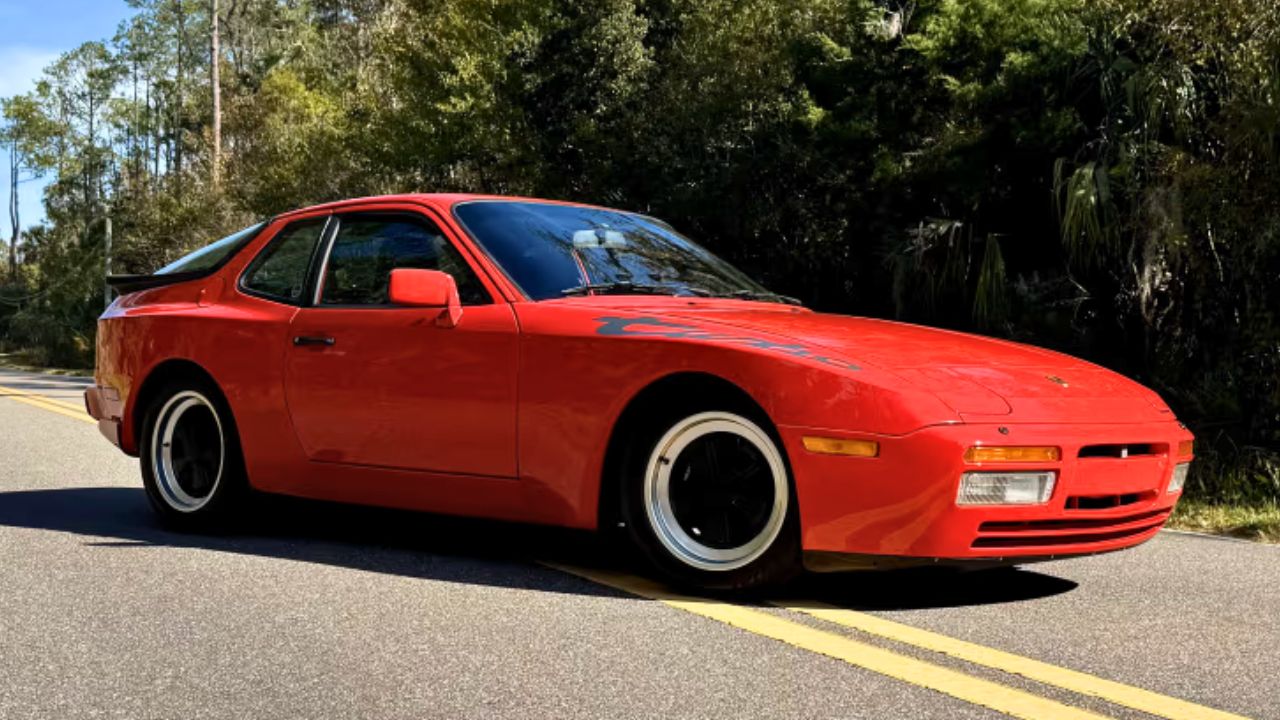
With the engine up front and the transmission mounted in the rear, the 944 had close to a 50:50 weight balance. That transaxle setup gave it a planted feel in corners and made it one of the best-handling cars of the ‘80s.
It wasn’t just marketing speak either—drivers noticed. Whether on the street or at the track, the 944 stayed composed when pushed. It may not have had 911 power, but it had the balance to make every bit of speed count.
It Came in Multiple Flavors
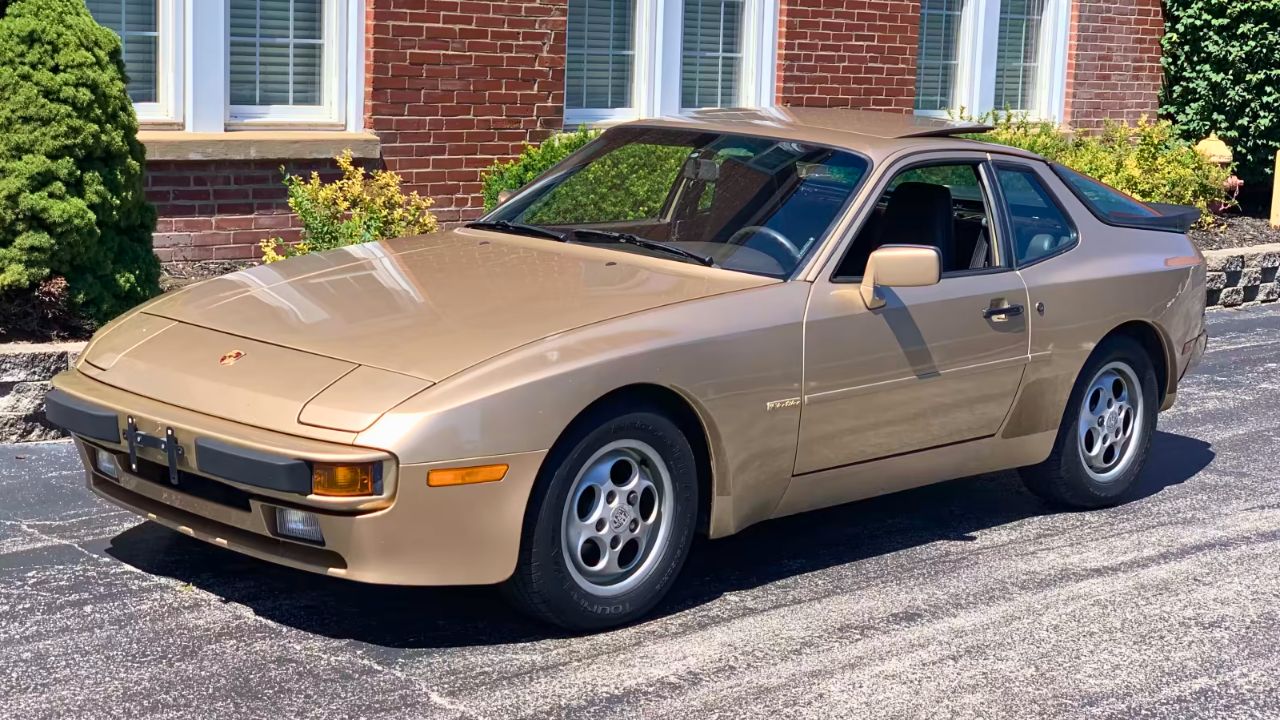
Over the years, Porsche spun the 944 into several trims. There was the base model, the 944S with a 16-valve head, the 944 Turbo (a.k.a. the 951), and the final 944 S2 with a 3.0L engine making 208 hp.
Each version brought a little more heat, sharper suspension, or updated styling. The Turbo was the fastest of the bunch, but even the base models had enough grunt and grip to feel like proper sports cars.
The Turbo Was a Legit Performer
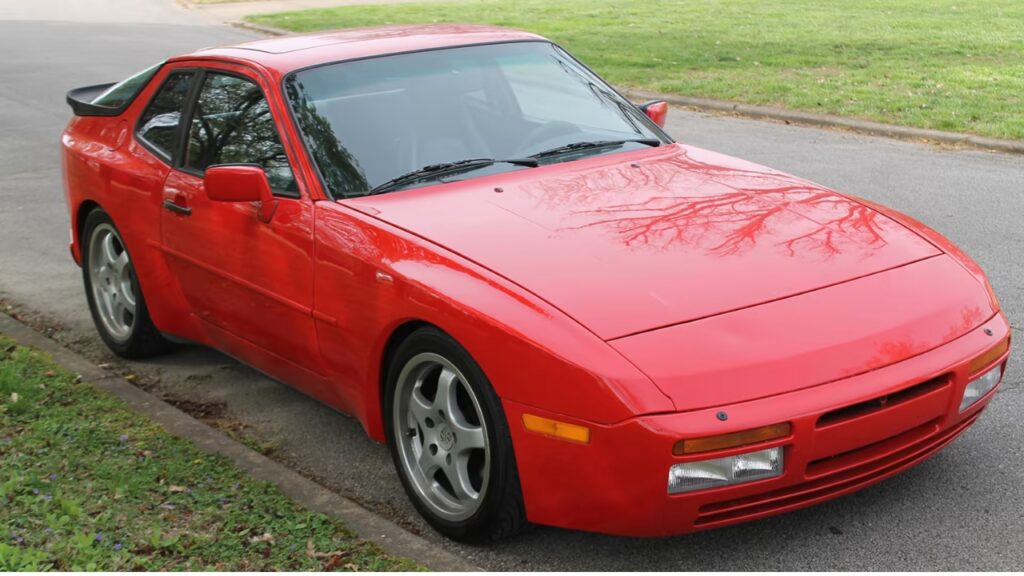
The 944 Turbo showed up in 1985 and changed the game. It came with a turbocharged 2.5L engine making 217 horsepower—later bumped to 250 hp in the Turbo S. It hit 60 mph in under 6 seconds and topped out around 160 mph.
Porsche didn’t just slap on a turbo and call it a day. The Turbo had upgraded brakes, suspension, and cooling to handle the extra speed. It was a serious machine, and it gave cars like the Corvette and RX-7 something to worry about.
The Interior Was Pure ’80s Porsche
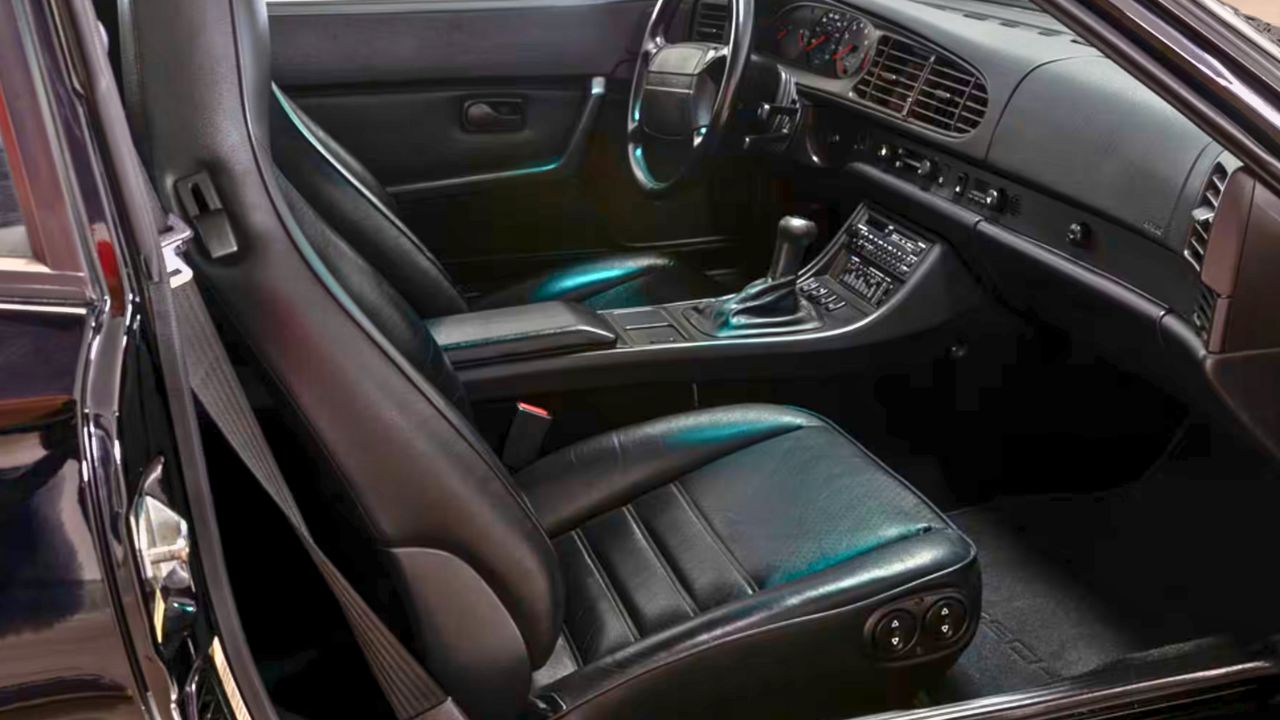
Step inside a 944 and you’re hit with a dashboard layout that’s all angles and practicality. Early models had a simple four-gauge cluster, while later ones got more modern touches like a rounded dash and better climate controls.
Materials were solid, and visibility was great. It wasn’t fancy, but it was functional. The hatchback layout also meant real cargo space—something you don’t usually get with a sports car wearing a Porsche badge.
It Was Actually Practical
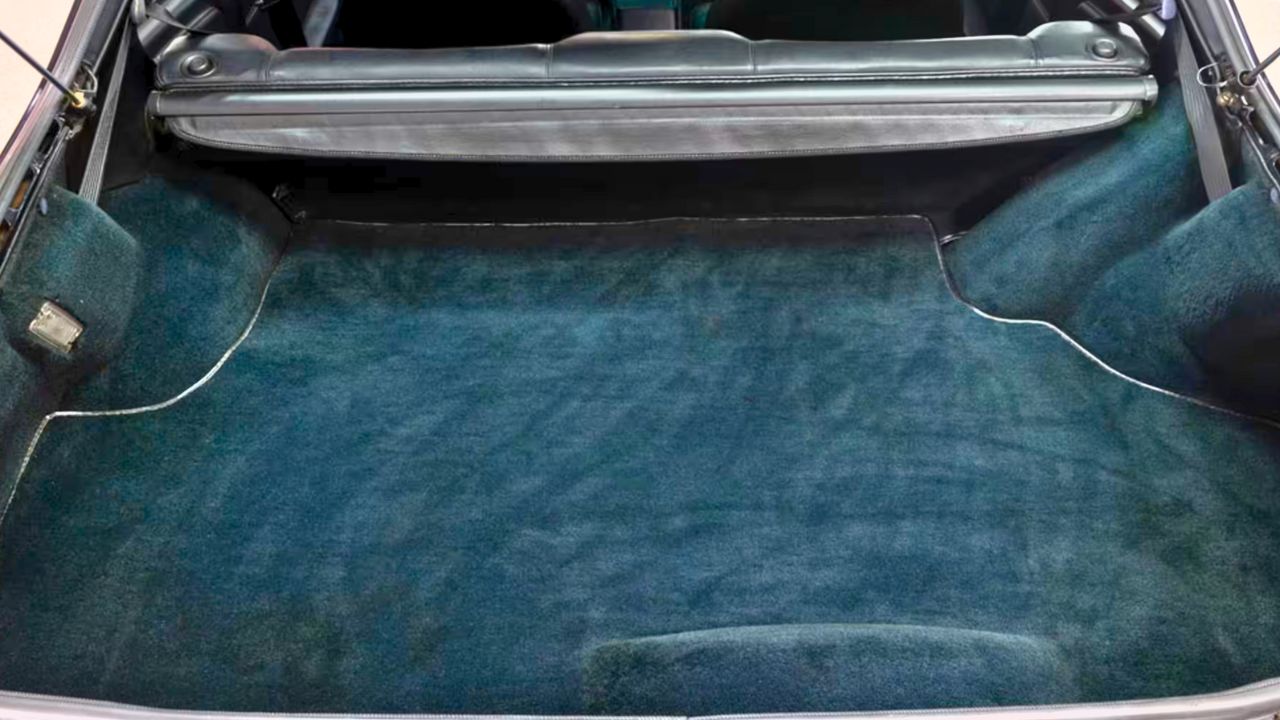
You could daily a 944, and many people did. It had room for groceries, comfortable seats, and decent gas mileage—especially the naturally aspirated versions. The hatch offered over 18 cubic feet of cargo space with the rear seats down.
It wasn’t just about fun on twisty roads. The 944 handled commutes, road trips, and Costco runs without breaking a sweat. That usability helped it reach more buyers and keep resale values surprisingly solid.
It Was Built in Germany, Not Stuttgart
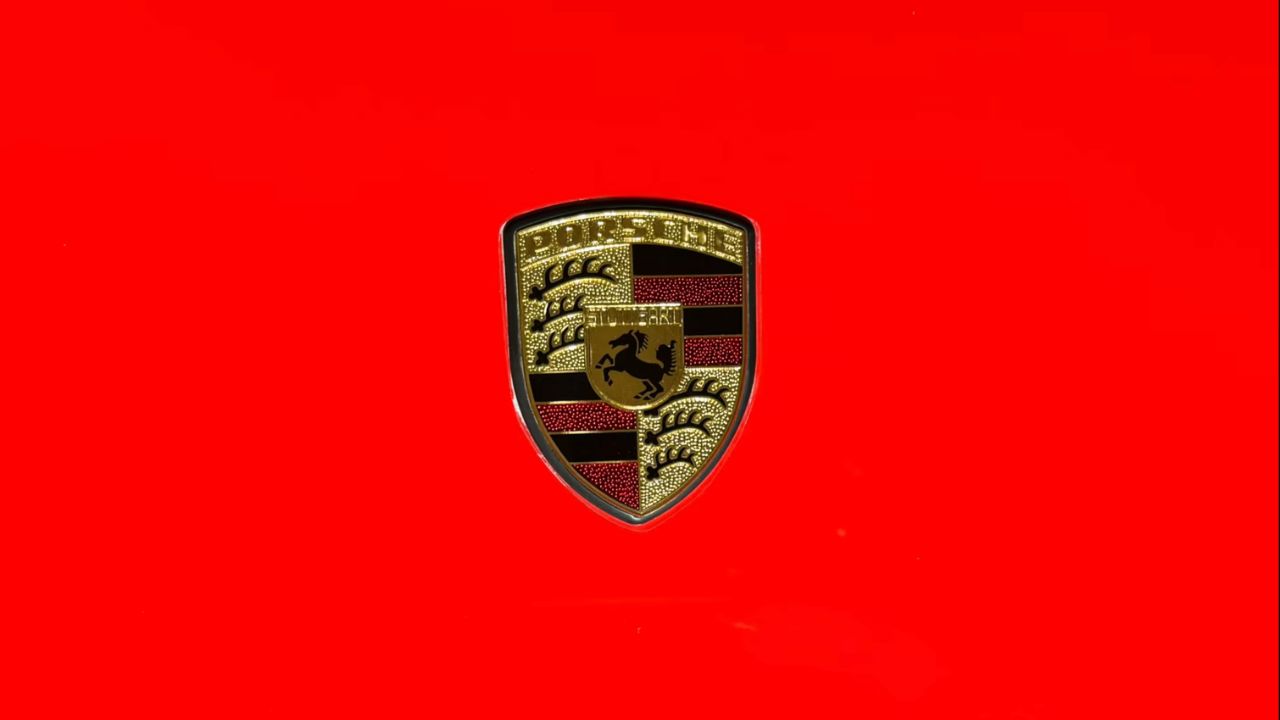
While it’s every bit a Porsche, the 944 wasn’t built in the same factory as the 911. Instead, it came out of the Audi-owned Neckarsulm plant, where Porsche leased space for front-engine production.
That didn’t make it any less legit—quality was high, and Porsche oversaw the process. But it’s one of those trivia bits that separates it from the rear-engine purists. Same badge, different zip code.
It’s Still Affordable (for Now)
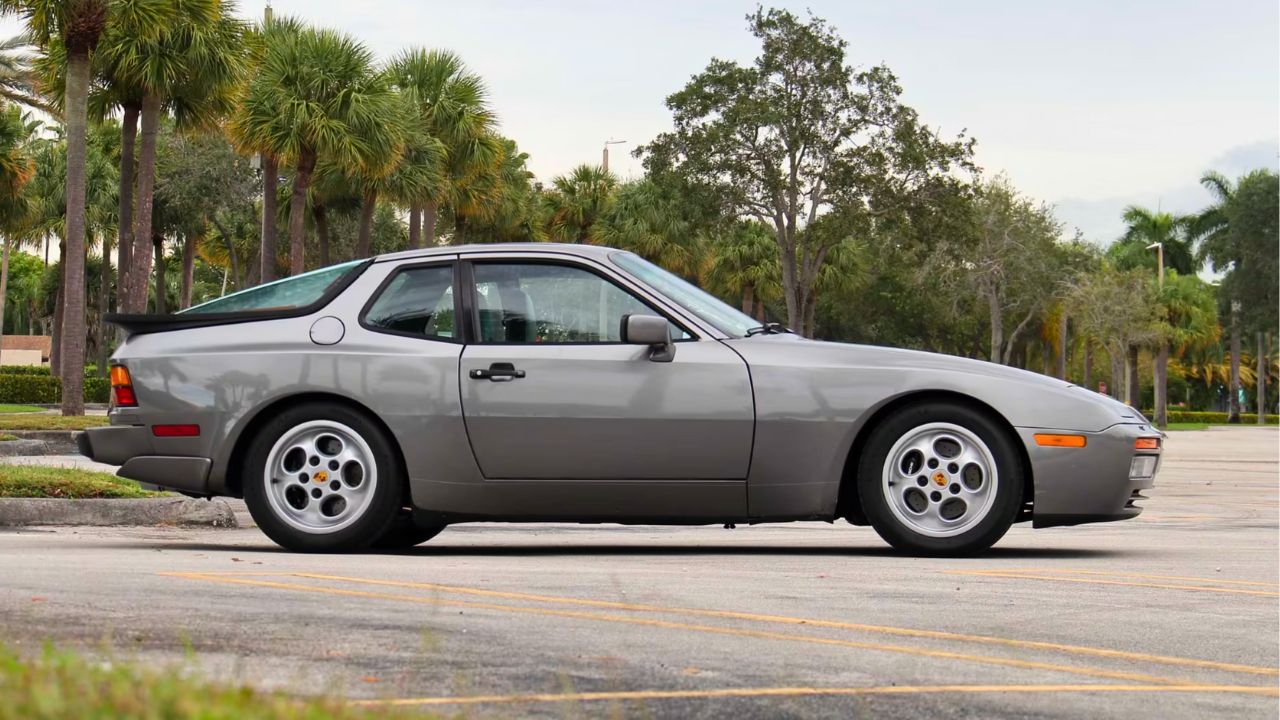
The 944 has stayed relatively cheap compared to other Porsches—especially the 911 crowd. Clean base models still trade in the $8,000–$15,000 range, while Turbos and S2s push higher depending on condition and mileage.
Prices have been creeping up, though, and parts aren’t always cheap. Still, for what it offers—a real Porsche driving experience, solid balance, and timeless looks—it’s hard to argue with the value.
It Helped Set the Stage for Future Front-Engine Porsches
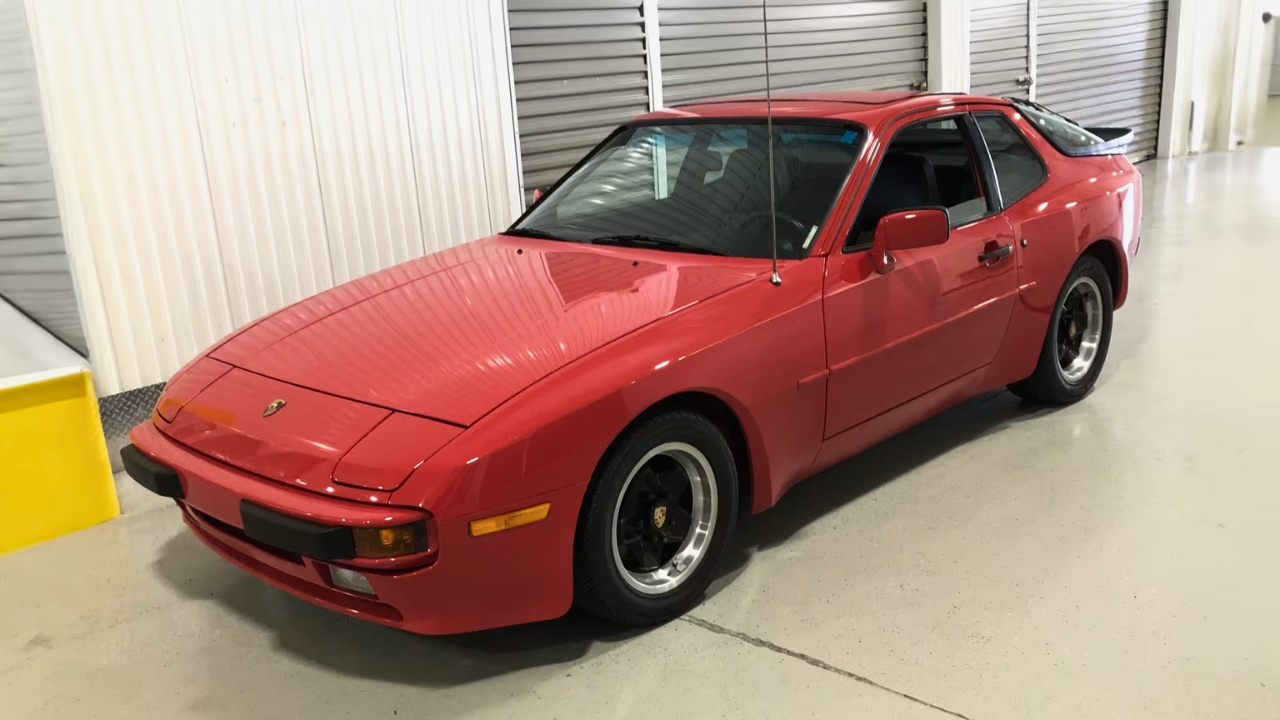
The 944 proved that Porsche could build a front-engine car and still make it feel like a Porsche. It laid the groundwork for future models like the 968 and even the Cayenne and Panamera.
It was different—but in a good way. The 944 didn’t just fill a gap in the lineup; it opened the door to new buyers and new ideas. For a car often labeled “entry-level,” it did a lot more than people give it credit for.
*This article was hand crafted with AI-powered tools and has been car-fully, I mean carefully, reviewed by our editors.

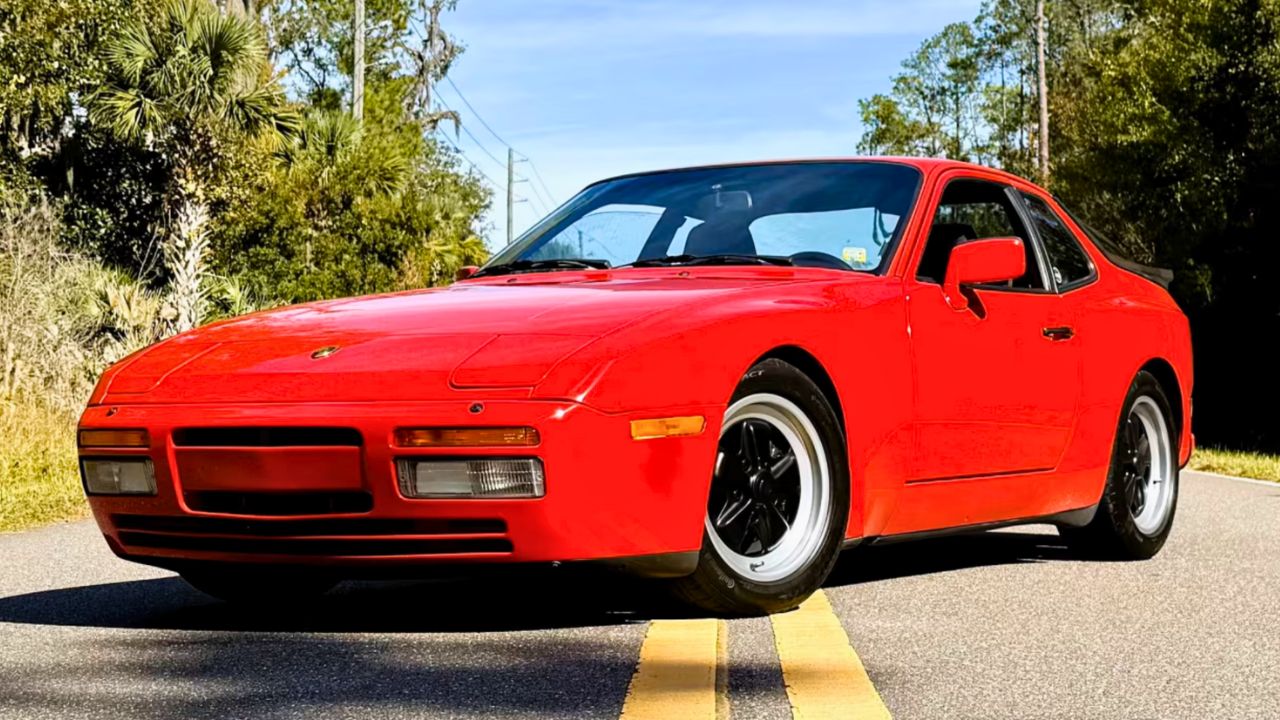
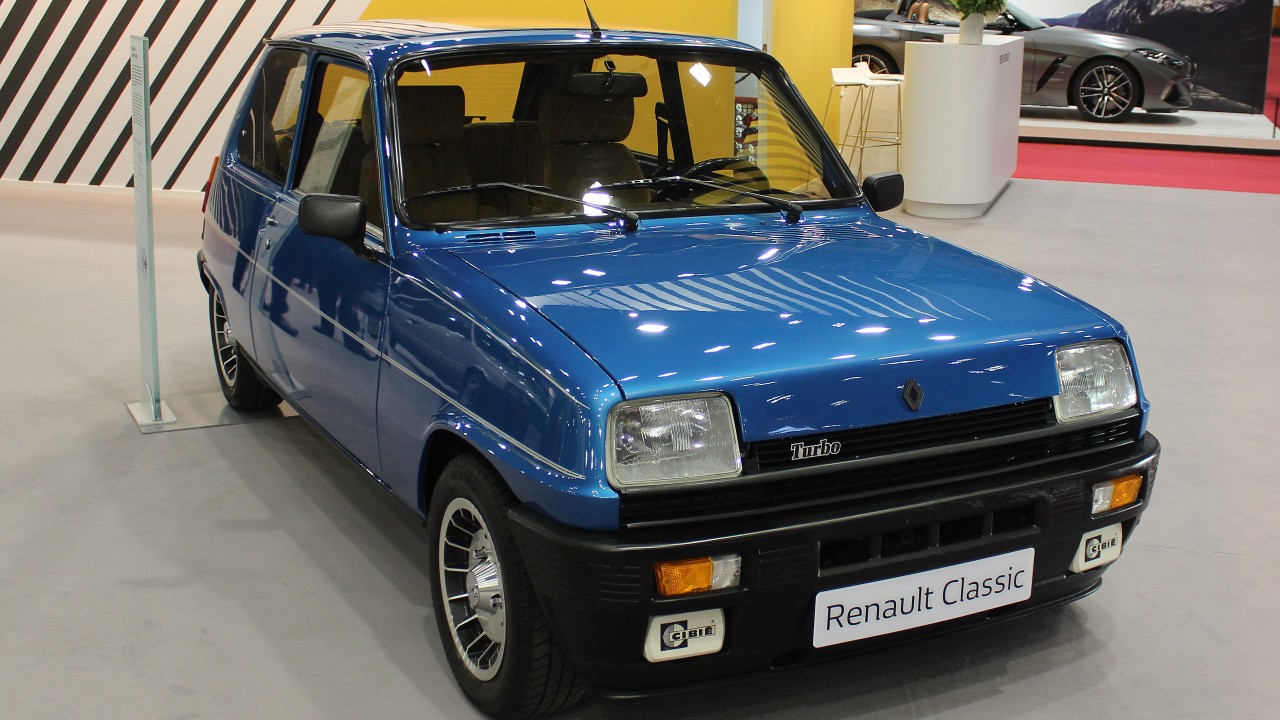
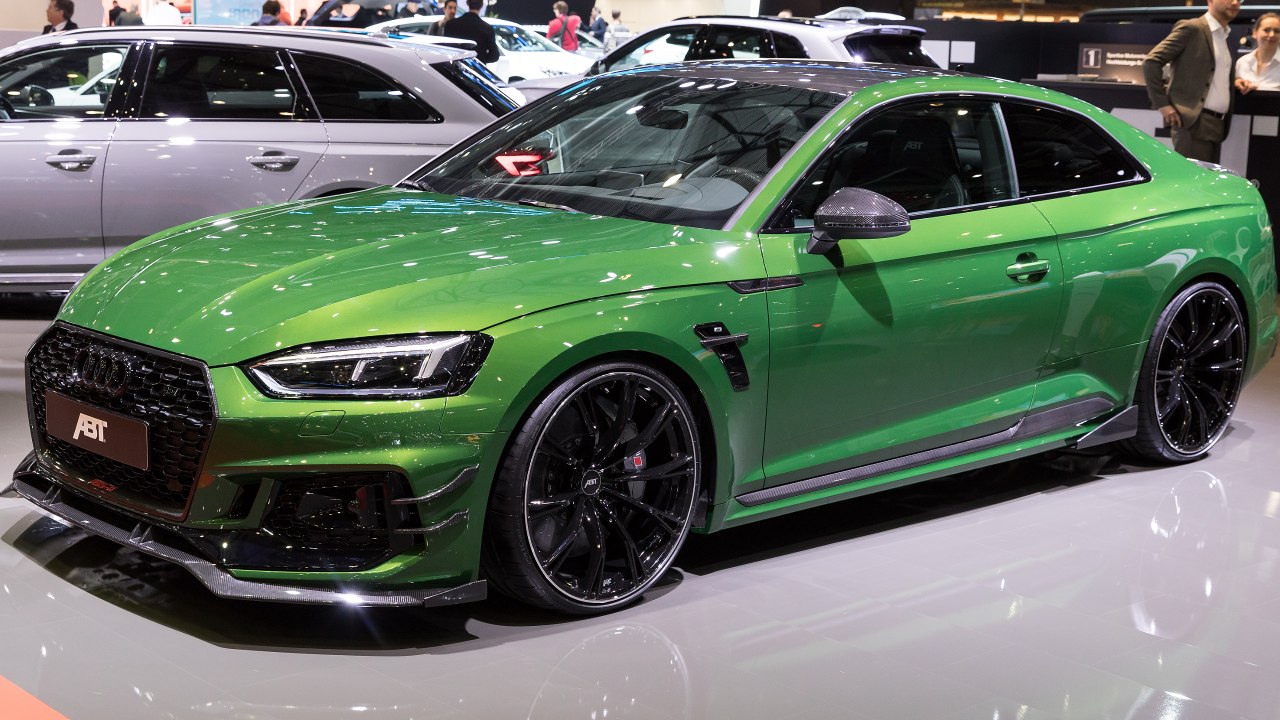
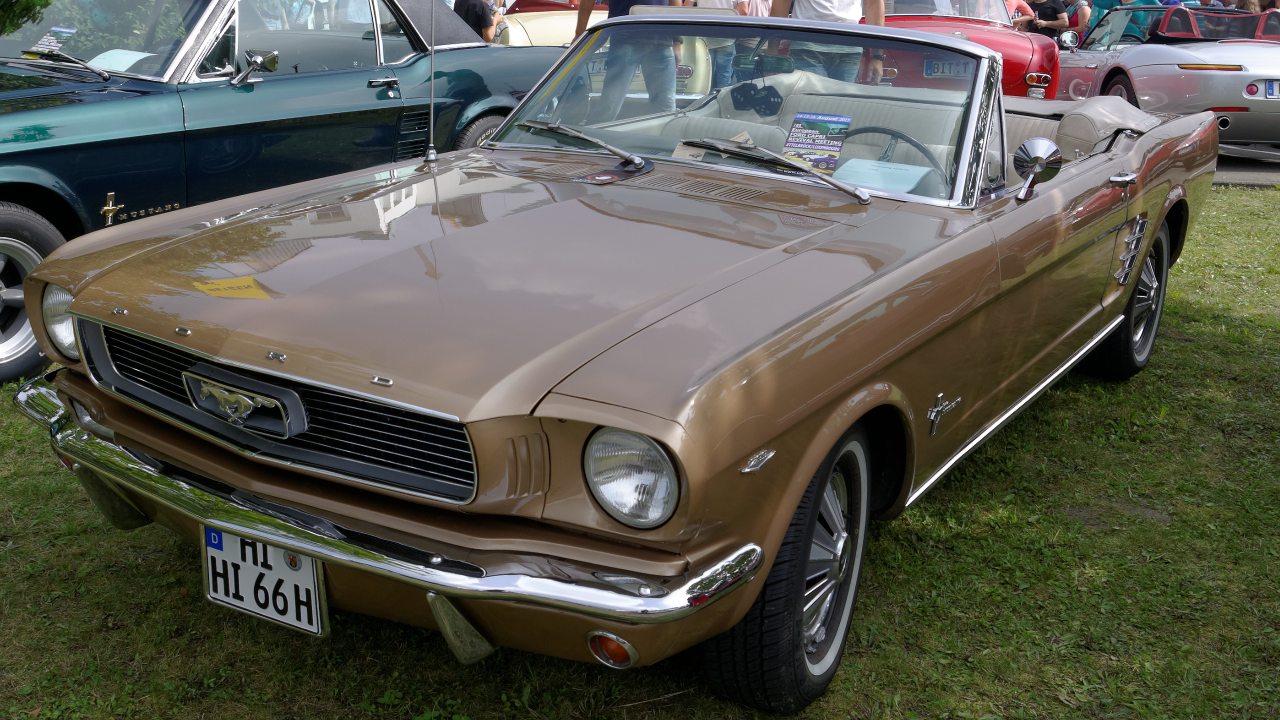
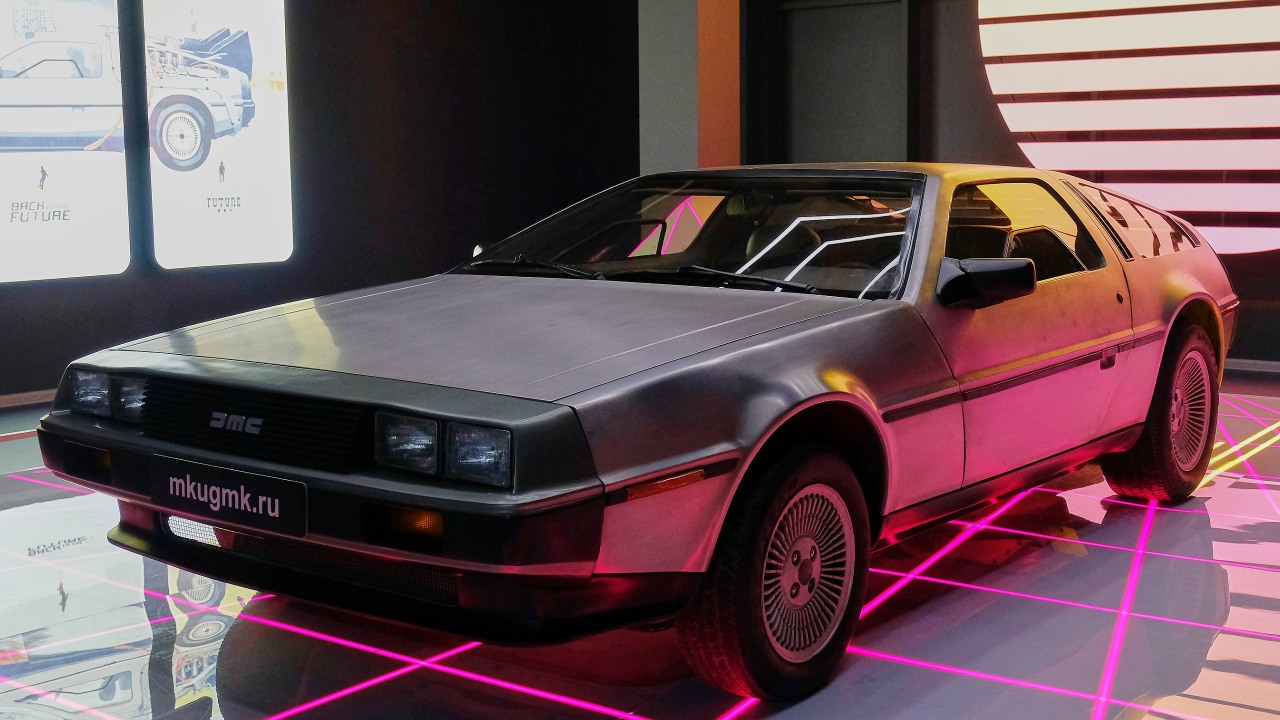
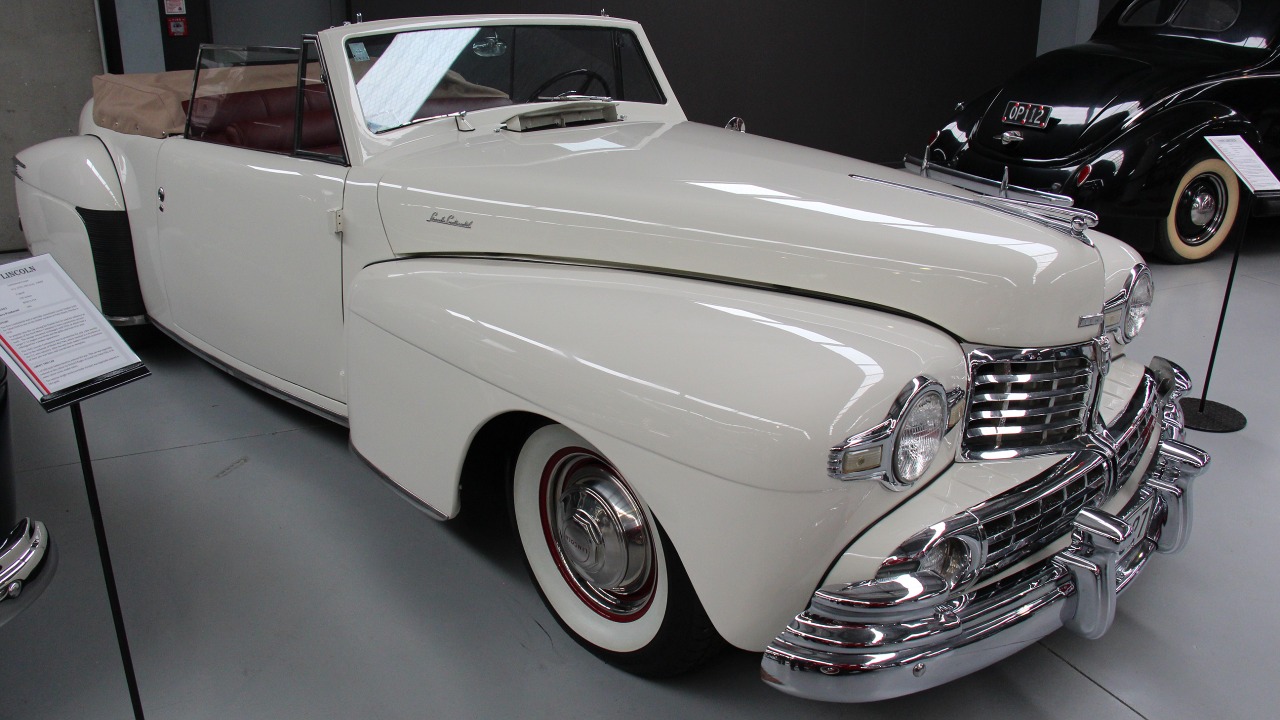
Leave a Reply